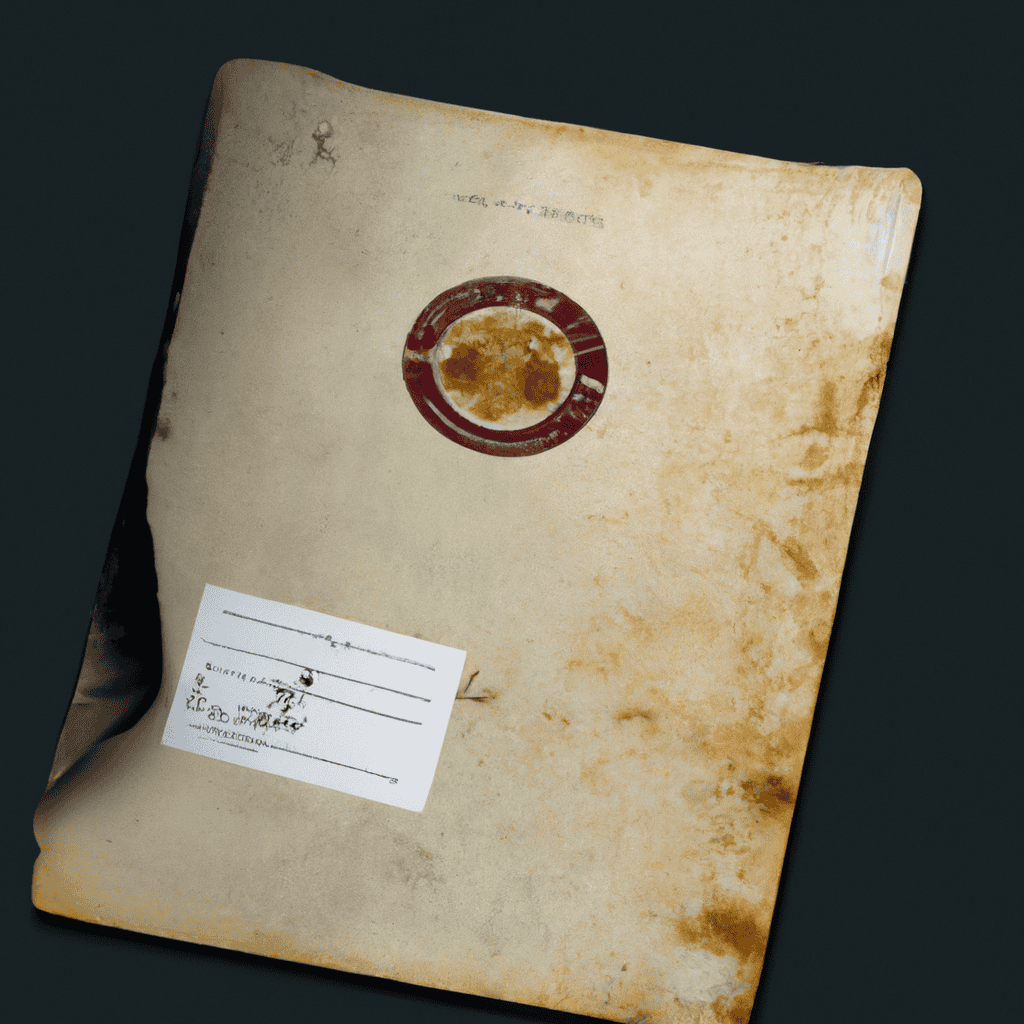On September 23, 2023, Parliament passed a motion by National Federation Party MP Sashi Kiran to establish a Truth and Reconciliation Commission. The motion received 28 votes in favor from the Government side, while 23 opposition members from the FijiFirst party, led by Voreqe Bainimarama, voted against it. Nearly a year later, the Rabuka Government has yet to act on this motion. Critics speculate that both sides may have secrets to keep, but recently released Josefa Nata, who served 23 years for his role in the 2000 coup, disclosed to Island Business magazine that George Speight was not the primary instigator of the coup. This raises the question: who were the real leaders of the 2000 coup?
Nata, while not naming any individuals, suggests the real masterminds were never publicly revealed. Three sources that a Truth Commission should examine include the RFMF’s Evans Board of Inquiry Report (EBOIR), Dr. Lt. Col. Jone Baledrokadroka’s PhD thesis, and a detailed paper by Mark Tedeschi QC in the Australia Law Journal. Other valuable insights come from trustworthy senior RFMF officers like Col Ilaisa Kacisolomone and Lt Col Seruvakula.
Islands Business quoted Paulo Baleinakorodawa, a peacebuilding practitioner, stressing the need for full disclosure for genuine national healing. He mentioned the military’s torture and killing of four rebel soldiers after the mutiny was quelled, a serious abuse of human rights that has not been adequately addressed.
Island Business also reported the RFMF Commander’s announcement of a trauma healing program for families of the three CRW soldiers killed during the 2000 mutiny. However, there is no mention of similar support for the families of the five CRW soldiers taken from Nabua Police Station and tortured to death. The broader question of why the RFMF has never called for an independent inquiry into the coups of 1987, 2000, and 2006 remains unresolved.
Baledrokadroka’s observations in his PhD thesis highlight the irregular support from senior RFMF officers during the 2000 coup, including major logistical support to the rebels and the unauthorized continuation of their salaries. He concluded that Bainimarama misled the military into a political role during the 2000 crisis.
Further questions about Bainimarama’s actions remain unanswered. The Evans Board of Inquiry reported that Bainimarama was informed of a potential coup months before it happened, yet he did not take preventive measures. Additionally, Bainimarama’s actions following the coup, such as claiming executive authority and attempting to abrogate the 1997 Constitution, raise questions about his real motives.
There has never been a public inquiry into the 2000 mutiny, which resulted in several deaths. The real leaders behind the coup and mutiny have never faced justice, while individuals like George Speight and Josefa Nata have.
The 2006 coup, led by Bainimarama, also lacks clarity regarding his true reasons for removing the lawfully elected government. Speculations include potential charges related to the deaths of the CRW soldiers and issues with regimental funds.
Presently, the trajectory of the Coalition Government led by Sitiveni Rabuka, which includes individuals convicted after the 2000 coup, remains puzzling. Whether the Rabuka Government will establish a genuine Truth Commission for the 2000 coup and mutiny remains uncertain. Professor Wadan Narsey, one of the region’s senior economists and a regular commentator on political and economic issues in Fiji, shares these insights.
The views expressed in this article are not necessarily those of The Fiji Times.
